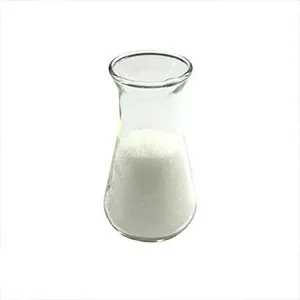


biostimulant plant growth
Biostimulants and Their Role in Enhancing Plant Growth
In the quest for sustainable agricultural practices, biostimulants have emerged as a transformative solution for enhancing plant growth and health. These natural or biologically derived substances stimulate plant growth by improving nutrient uptake, enhancing soil quality, and promoting beneficial microbial activity. With the growing global population and the increasing demand for food, the importance of biostimulants in agriculture has never been more significant.
Biostimulants can come from a variety of natural sources, including seaweeds, humic substances, and microbial inoculants. One of the most widely studied types of biostimulants is seaweed extracts. These extracts are rich in essential nutrients, trace elements, and hormones such as auxins, cytokinins, and gibberellins, which play vital roles in plant development. Studies have shown that applying seaweed extracts to crops can significantly enhance root and shoot growth, increase flowering and fruiting rates, and improve overall plant resilience to stressors such as drought and salinity.
Biostimulants and Their Role in Enhancing Plant Growth
The mechanism by which biostimulants enhance plant growth can be attributed to several factors. Firstly, they can promote better root development, which is crucial for nutrient and water uptake. A robust root system also ensures that plants can anchor themselves firmly in the ground, reducing the chance of uprooting during storms or high winds. Furthermore, biostimulants can stimulate the production of root exudates, which feed beneficial soil microbes and foster a healthy soil ecosystem. This interaction between plants and soil organisms creates a positive feedback loop, as a healthy microbial community further supports plant growth by improving nutrient availability and soil structure.
biostimulant plant growth

The benefits of biostimulants extend beyond just improving plant growth; they also contribute to sustainable agricultural practices. The application of chemical fertilizers can lead to soil degradation, waterway pollution, and a decline in biodiversity. By contrast, biostimulants often require lower application rates than traditional fertilizers, minimizing environmental impact while still promoting plant health. Moreover, many biostimulants are biodegradable and non-toxic, making them a safer choice for farmers, consumers, and the environment.
Adopting biostimulant applications can also be particularly beneficial in the context of climate change. As environmental conditions become more unpredictable, plants face numerous challenges, including increased temperature extremes and changes in precipitation patterns. Biostimulants can help enhance plant resilience, allowing crops to better withstand these stressors. For instance, some biostimulants have been documented to improve plant drought resistance by promoting deeper root growth and optimizing water use efficiency.
Despite the promising potential of biostimulants, challenges remain in their adoption and efficacy. The market is currently flooded with a range of products, some of which lack rigorous scientific backing. As such, farmers may be hesitant to invest in biostimulants without clear evidence of their effectiveness. There is a pressing need for more comprehensive research to validate the effects of various biostimulants under different conditions, as well as standardized guidelines for their application.
In conclusion, biostimulants represent a significant advancement in sustainable agriculture, offering a natural solution to enhance plant growth and overall ecosystem health. By promoting robust root systems, improving nutrient uptake, and fostering beneficial microbial communities, biostimulants can help farmers produce healthy crops while minimizing environmental impacts. As the agricultural sector continues to seek ways to cope with environmental challenges and resource limitations, the strategic use of biostimulants may play a pivotal role in the future of food production. Embracing these innovative solutions will not only benefit crop yields but also contribute to the sustainability of the agricultural industry as a whole.
-
Uncover the Benefits of Sodium ChlorateNewsJun.24,2025
-
Sodium for Sale: Your Essential ResourceNewsJun.24,2025
-
Raw Materials in Chemical IndustryNewsJun.24,2025
-
Potassium Hydroxide: Versatile Solutions for Your NeedsNewsJun.24,2025
-
Organic Pesticides and Chemical Raw Materials: Building a Sustainable FutureNewsJun.24,2025
-
Discover Premium Chlorine Tablets TodayNewsJun.24,2025
-
Zinc for Sale: Your Essential ResourceNewsJun.04,2025


















